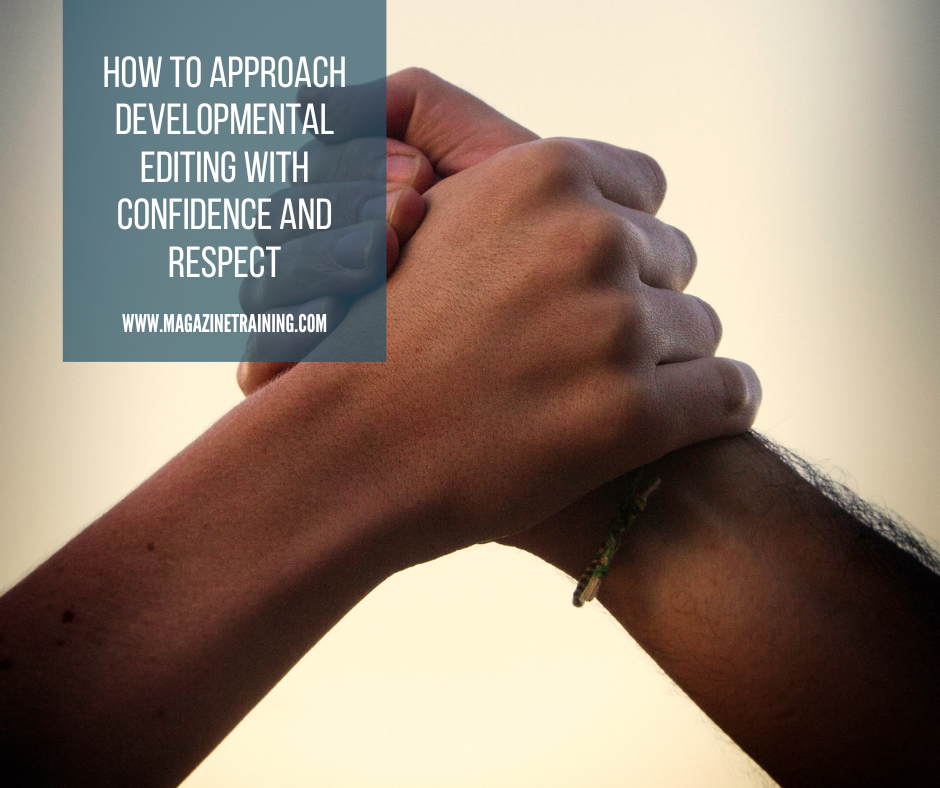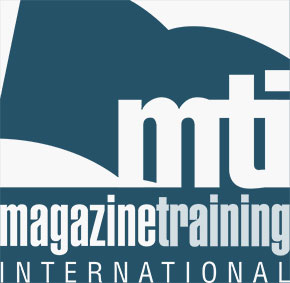
Developmental editing is not for the faint of heart. It requires editors to dive deep, ask hard questions, and collaborate with writers to bring out the best in their work. Here’s how to approach this vital role with confidence and respect.
- Establish trust
Start by asking, “Will you trust me?” This sets the foundation for a collaborative relationship. Let writers know their work is valued and that the editing process aims to enhance, not diminish, their voice. - Adopt a curious posture
Approach editing with curiosity, not judgment. Questions like “What would happen if…” or “Can you explain your intention here?” encourage writers to explore new ideas without feeling defensive. - Respect the writer’s craft
Instead of making major changes unilaterally, involve the writer in the process. Invite them to make structural changes, respecting their role as the creator of the piece. - Focus on the reader
Every decision in developmental editing should benefit the reader. Ask yourself: Is this piece engaging, clear, and informative?
By fostering trust, curiosity, and collaboration, developmental editing becomes a rewarding experience that improves both the content and the relationship between editor and writer.
**This is based on the workshop “Developmental editing: How to make good pieces great” presented by Karen Stiller. You can watch the full workshop on-demand for free.**
Related posts
Magazine Training International’s mission is to encourage, strengthen, and provide training and resources to Christian magazine publishers as they seek to build the church and reach their societies for Christ.

